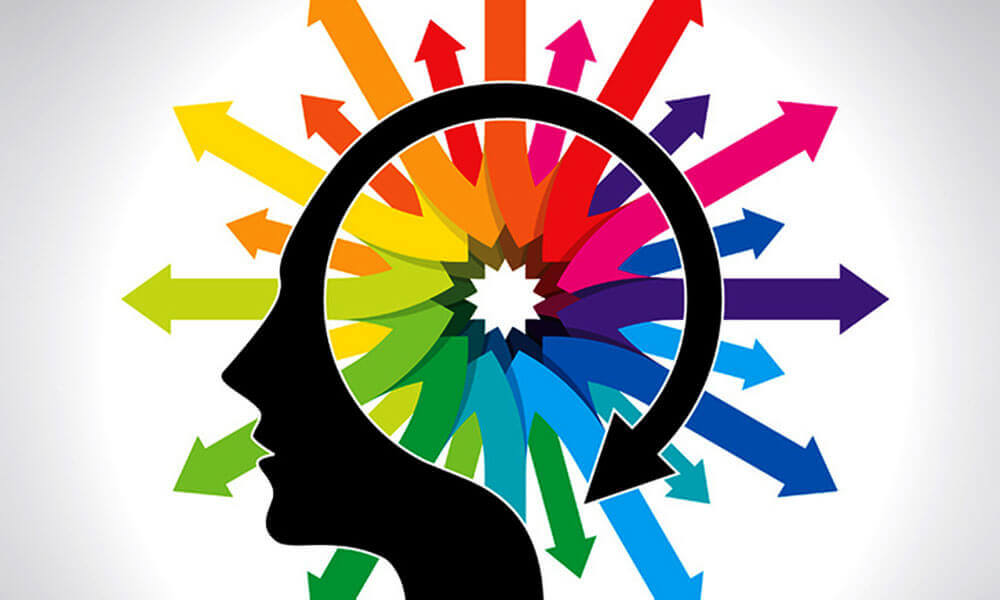
When you enter a hotel website for a weekend break, a family trip or a business meeting, chances are the contents will be exactly the same. In fact, one could argue that a downloadable PDF might be almost the same experience.
Hotel websites, still today, are often mere online versions of brochures, to which a booking engine has been attached. Potential guests are shown a lot of static, yet gorgeous content before they eventually click the ‘Reserve’ button, at which point they are taken off to a second system which does the heavy lifting.
There is nothing personal about it. Nothing even vaguely customised to the guest’s needs. And this is still happening now, in a time when people expect the right movie or product to be suggested to them without even searching for it. According to Pepijn Rijvers, Booking.com’s CMO, “50% of Alibaba turnover last year was generated through personalised promotions, while only a small volume came through search”. Not to mention Google search, Facebook, Twitter and thousands of other personal recommendations, triggered automatically and without any active user interaction.
OTAs have long since dropped this static approach. They tailor everything based on what their system thinks you want to see next. While, obviously, a hotel website can’t compete on all fronts, it should, at least, be able to tailor the experience around their potential guests’ needs.
With that in mind, in 2009, we began a research and development project to experiment with artificial intelligence (AI) and personalisation, and how we could use them to improve the direct booking experience. Back then, Booking.com was not yet very well-known outside of Europe, the iPhone had only been around for a couple of years and cloud-computing was mainly a buzzword.
Our initial goal was to prove that a hotel website could (and should) be much more than a mere digital copy of a brochure. We felt that hotel websites needed to move out of the passive brochure model into something embracing much more personalisation, that could make a much better use of all the technologies available.
And, over the years, we have learned a lot.
Hotel Websites as “Communication” Systems
We believed that hotel websites could dynamically adjust based on the users’ intent and answer their needs, rather than merely try to force them toward the ‘Book Now’ button. By doing so, we could finally transform e-commerce websites into communication systems, able to answer guests’ questions or suggest pertinent information for their stay. If, for example, a guest returned to the website after having been on the rooms page earlier, it would be way more pertinent to inform them about other services (such as your spa treatments or restaurant specials), or suggestions about what to do in the area according to the reason of their stay. It is not about how complex we can make it, but how intuitive it can become for the guest.
To assist hoteliers and accommodation providers everywhere in building personalisation into their websites, we’ve condensed our efforts into six key principles that we’re sharing here. We encourage you to use the chart included as a reminder of what you should be working towards.




